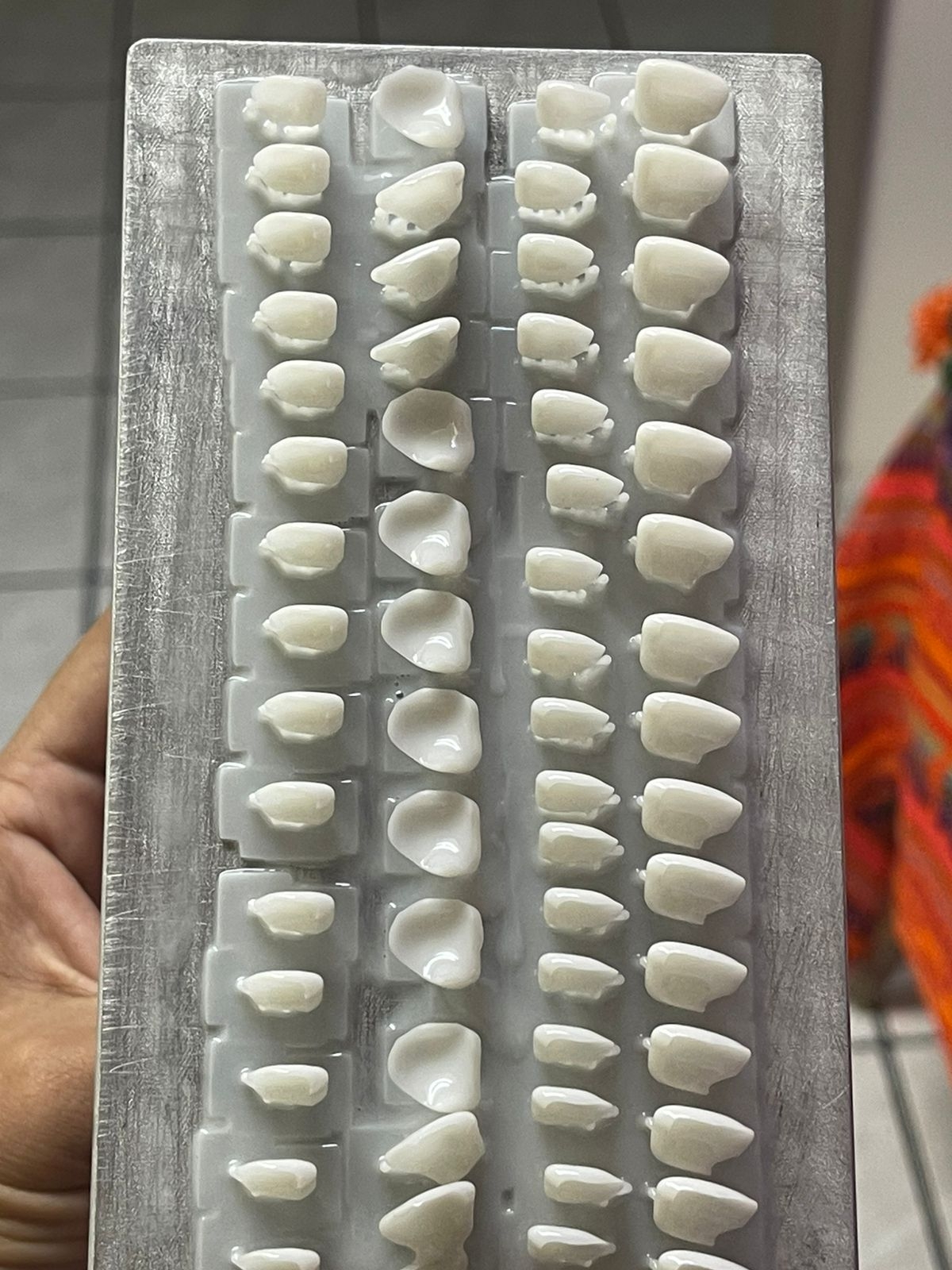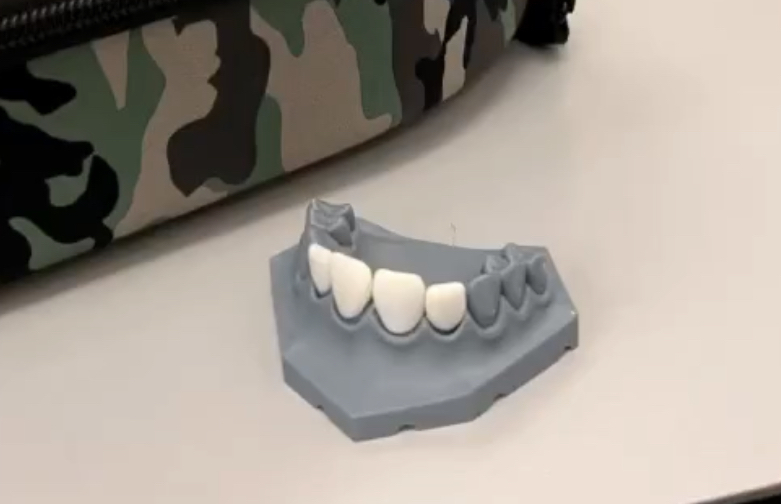IADR Abstract Archives
Veneer Bonding Training Utilizing 3D-Printed Models & Restorations: Course Evaluation
Objectives: To assess postgraduate student’s perceptions of veneer bonding (VB) training using three-dimensionally printed composite veneers and models.
To measure the degree of satisfaction of postgraduate dental student's VB training using three-dimensionally printed composite restorations and models.
Methods: The pilot training course was offered to 18 Postgraduate Students of Esthetic Dentistry diploma course at the Faculty of Dentistry in the Autonomous University of Baja California. Using additive manufacturing with stereolitography, 18 three-dimensionally printed models with veneer preparations on teeth #7 through #10, along with their corresponding restorations, were utilized to practice VB in a laboratory setting. After the course, participants were invited complete an 11-item anonymous online survey, which included 5 items pertaining to perceptions of the materials provided with a 5-point Likert scale. Presentation and general design were measured in 3 items using a 4-point Likert scale. Lastly, 3 items concerning the general evaluation and satisfaction towards the hands-on course, with a box for comments and suggestions.
Results: 16 participants agreed to assess the course. In regards to the materials used in the course, participants agree (n=8) and strongly agree (n=8) that this educational method is an innovative way to train for VB. Meanwhile, the presentation and design was evaluated as good by 81.25%(n=13) of the participants, while 18.75% (n=3) believed it was excellent. Concerning the degree of satisfaction of the hands-on course was Good according to 62.5%(n=10) of the students, 31.25%(n=5) thought it was excellent and 6.25% (n=1) rated it as regular.
Conclusions: Three-dimensional printing can be used in different areas of dental education, including technique sensitive procedures like VB. According to the perception and satisfaction rate of the subjects in this study, utilizing three-dimensionally printed composite veneers and models can be a feasible alternative for VB training and achieve enough skill and confidence to apply in real clinical settings.
To measure the degree of satisfaction of postgraduate dental student's VB training using three-dimensionally printed composite restorations and models.
Methods: The pilot training course was offered to 18 Postgraduate Students of Esthetic Dentistry diploma course at the Faculty of Dentistry in the Autonomous University of Baja California. Using additive manufacturing with stereolitography, 18 three-dimensionally printed models with veneer preparations on teeth #7 through #10, along with their corresponding restorations, were utilized to practice VB in a laboratory setting. After the course, participants were invited complete an 11-item anonymous online survey, which included 5 items pertaining to perceptions of the materials provided with a 5-point Likert scale. Presentation and general design were measured in 3 items using a 4-point Likert scale. Lastly, 3 items concerning the general evaluation and satisfaction towards the hands-on course, with a box for comments and suggestions.
Results: 16 participants agreed to assess the course. In regards to the materials used in the course, participants agree (n=8) and strongly agree (n=8) that this educational method is an innovative way to train for VB. Meanwhile, the presentation and design was evaluated as good by 81.25%(n=13) of the participants, while 18.75% (n=3) believed it was excellent. Concerning the degree of satisfaction of the hands-on course was Good according to 62.5%(n=10) of the students, 31.25%(n=5) thought it was excellent and 6.25% (n=1) rated it as regular.
Conclusions: Three-dimensional printing can be used in different areas of dental education, including technique sensitive procedures like VB. According to the perception and satisfaction rate of the subjects in this study, utilizing three-dimensionally printed composite veneers and models can be a feasible alternative for VB training and achieve enough skill and confidence to apply in real clinical settings.


